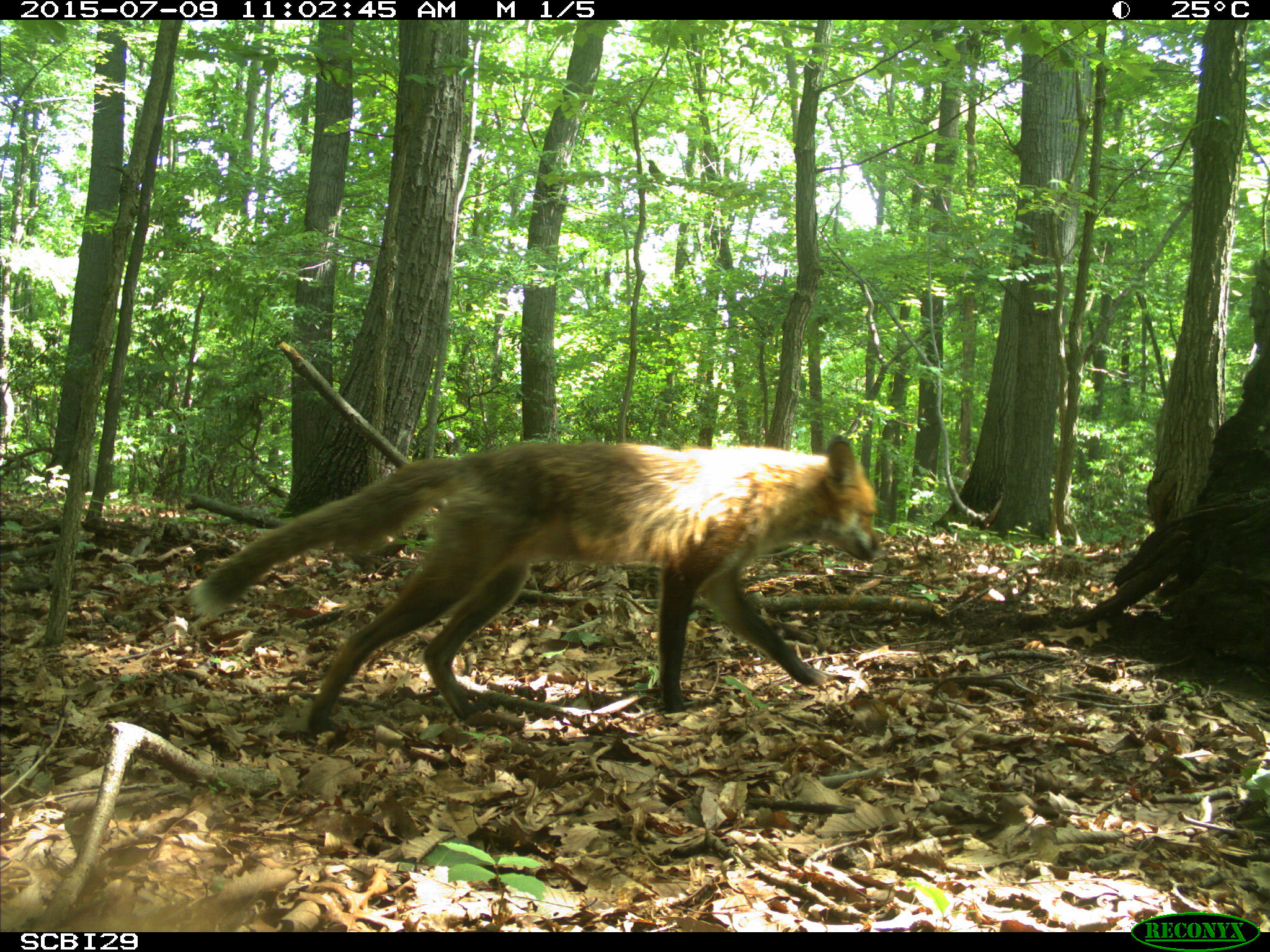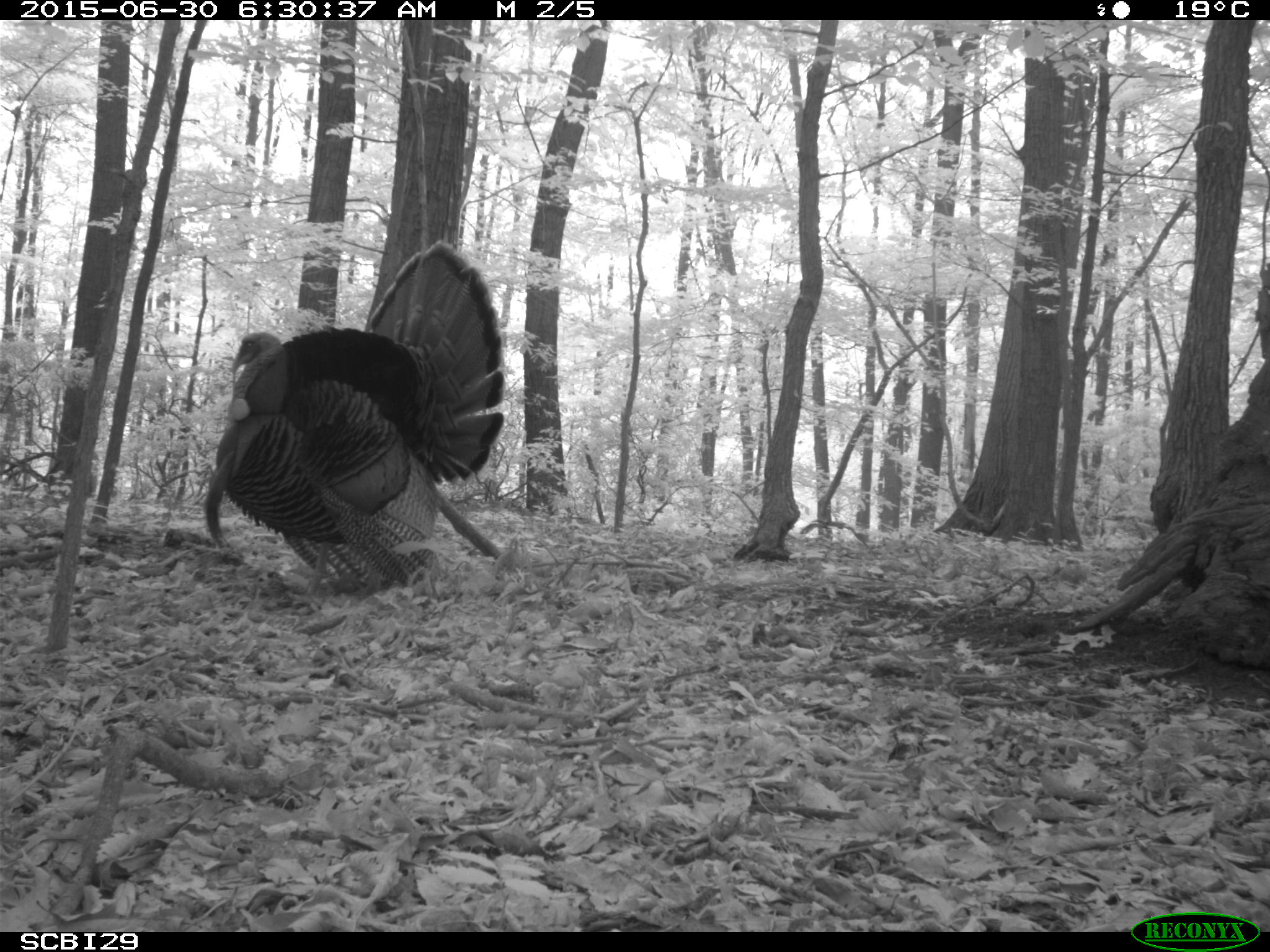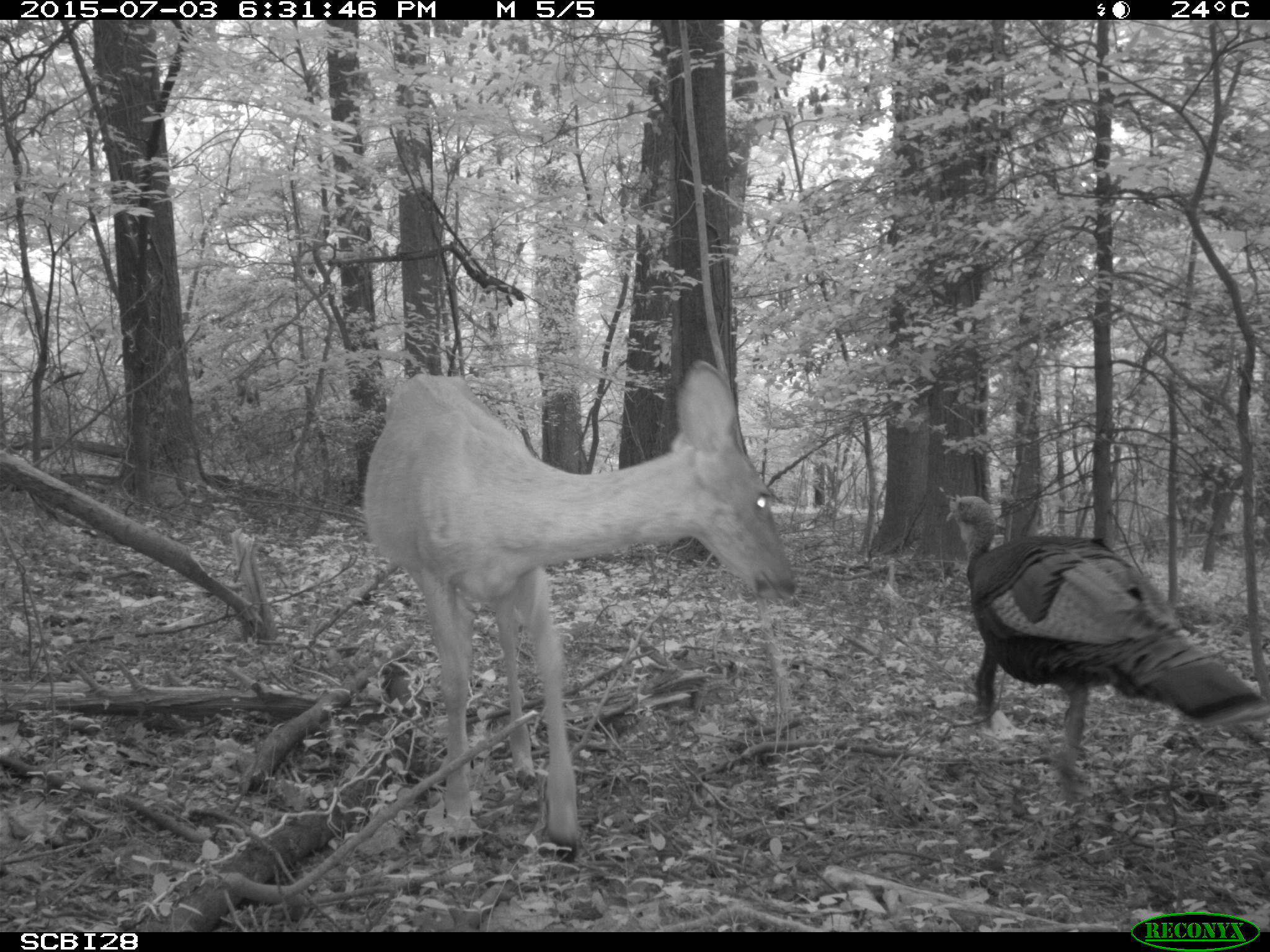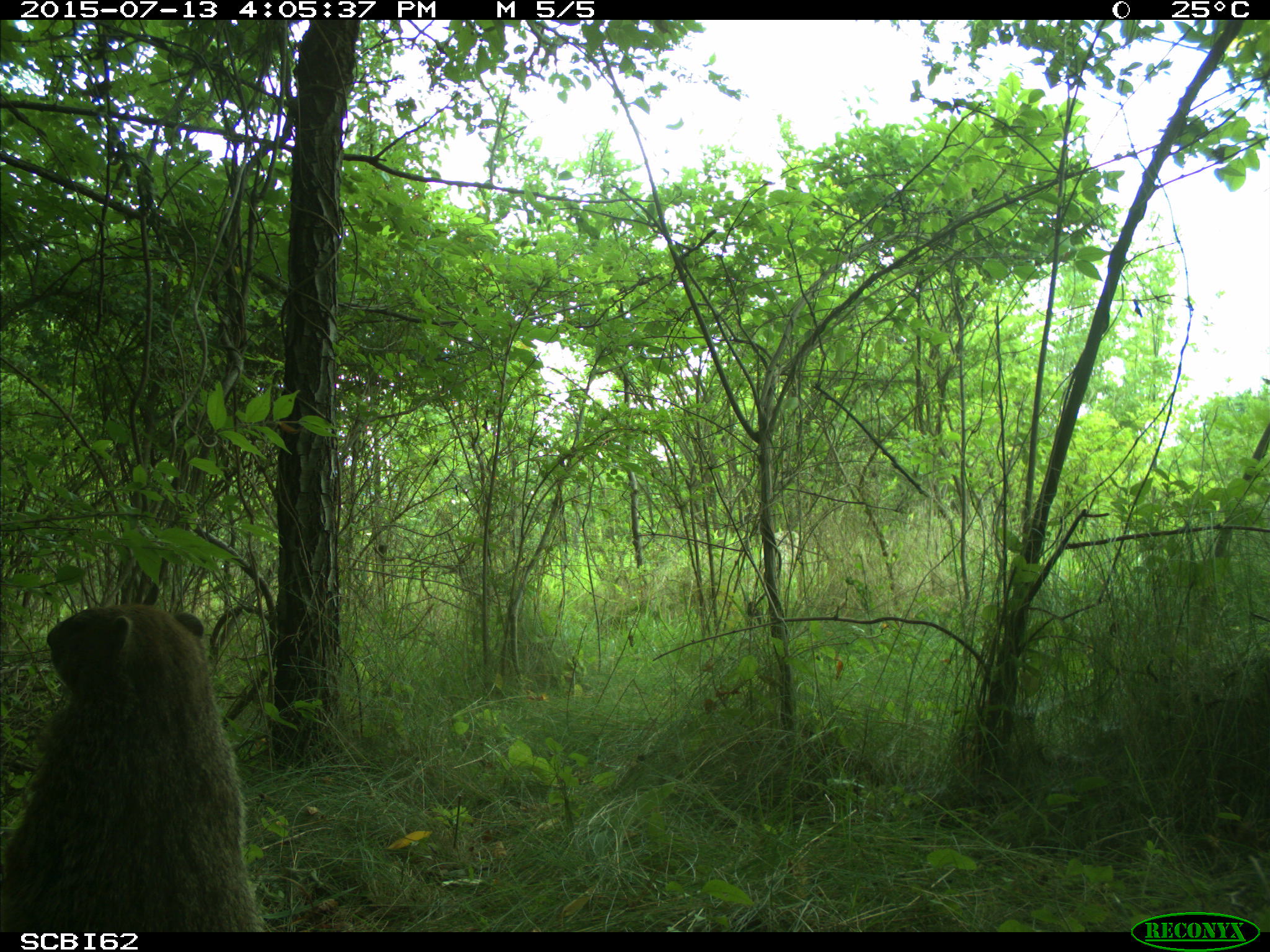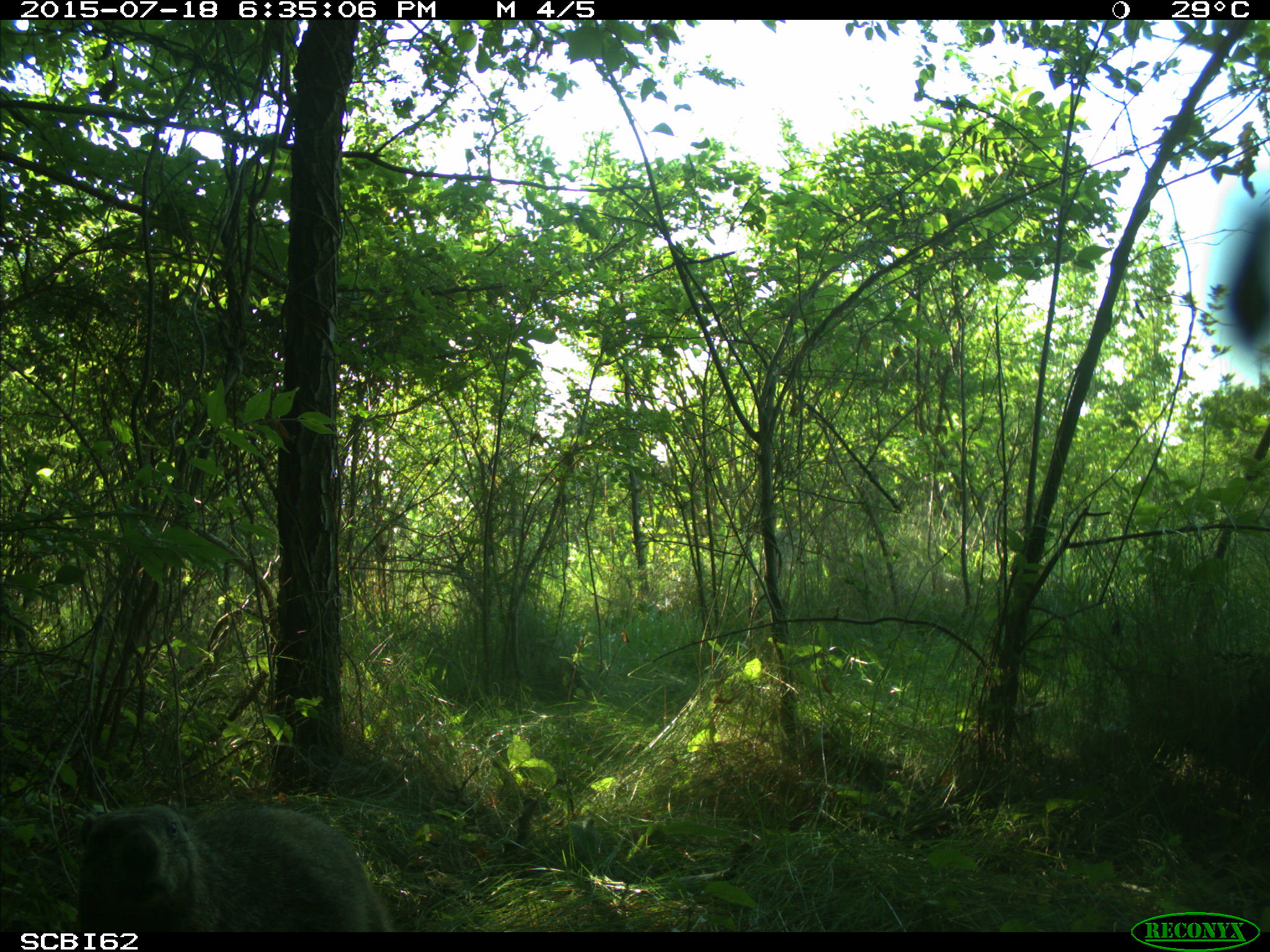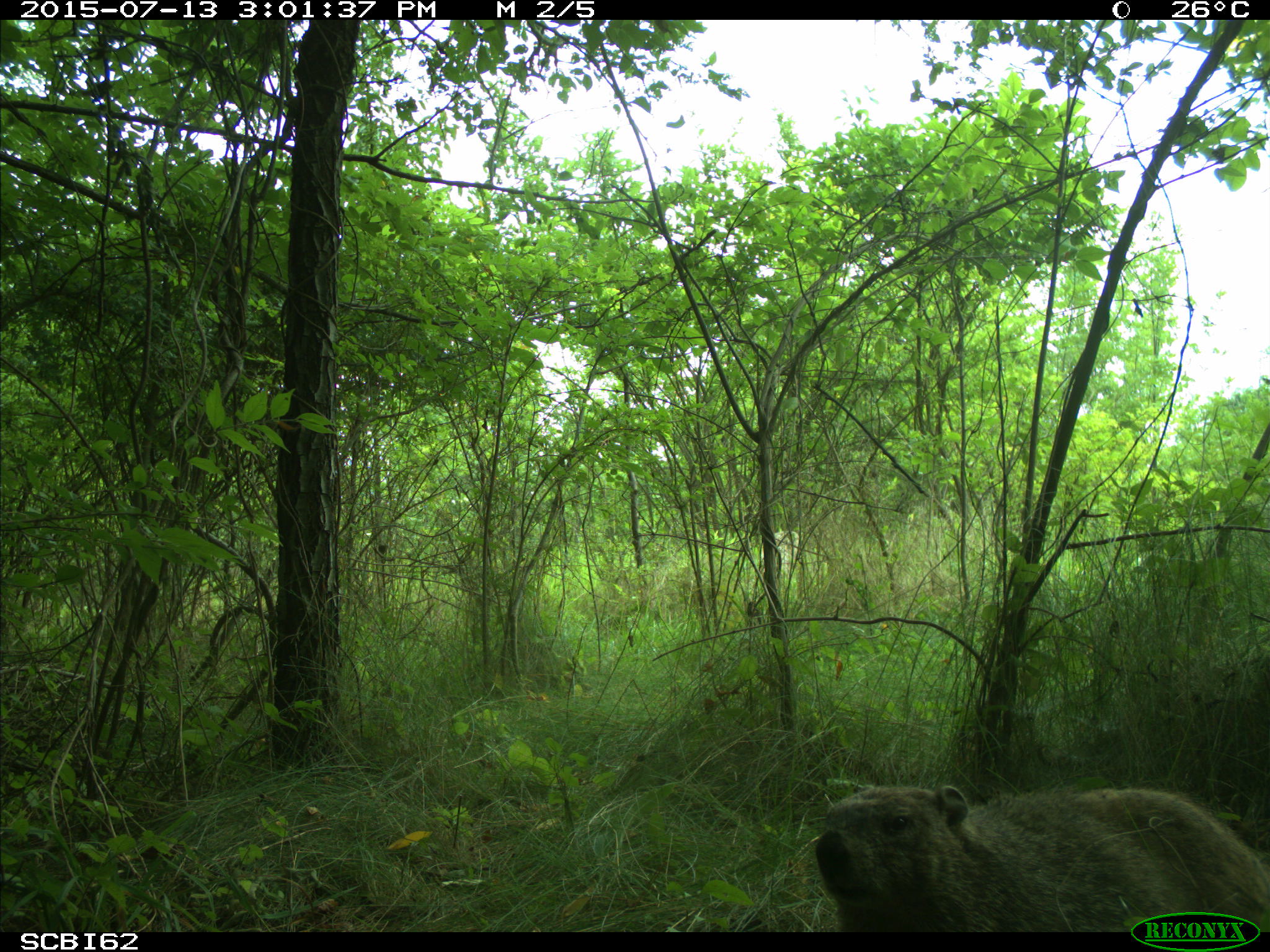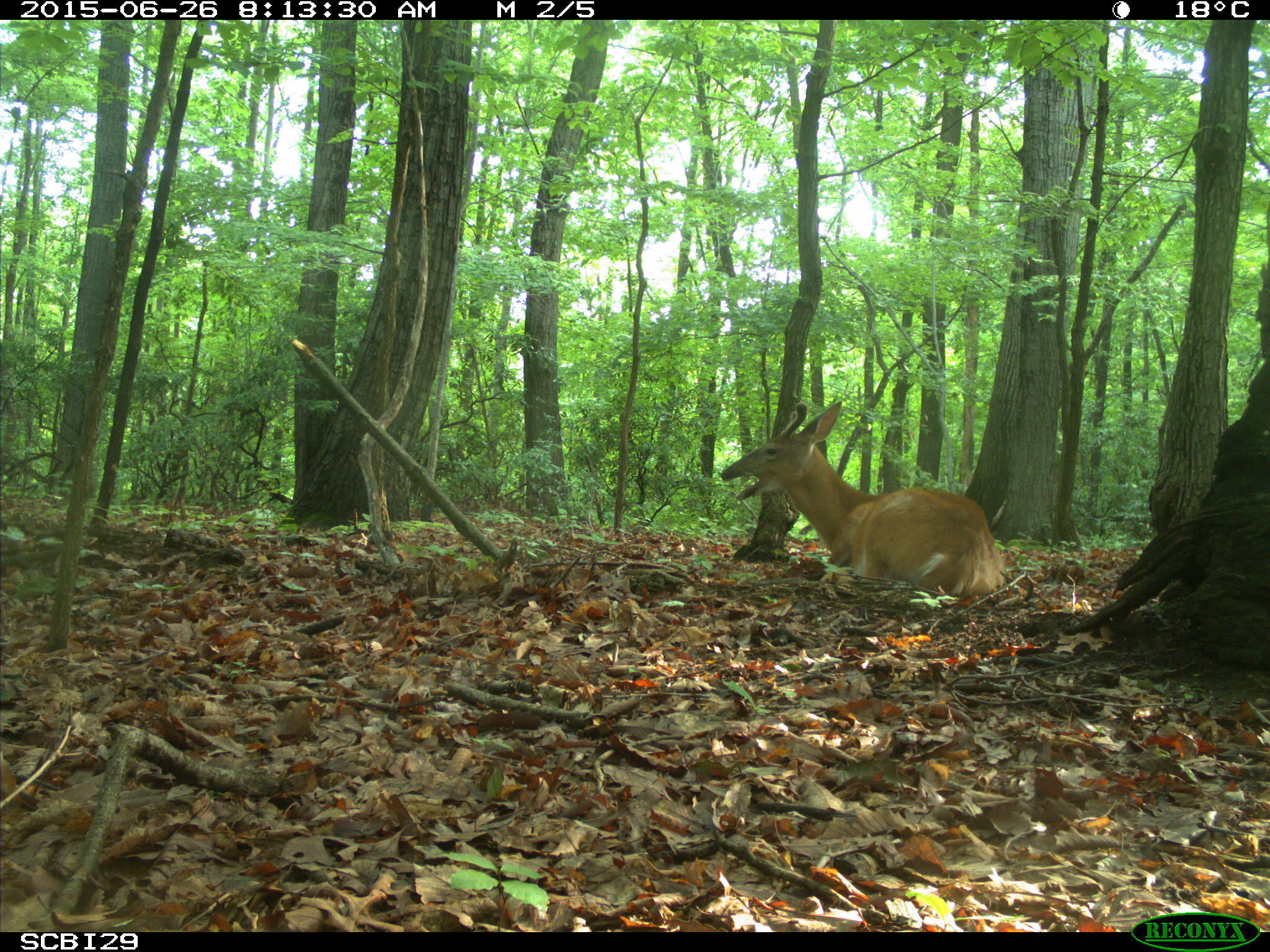Wildlife in Your Watershed Project
The Wildlife in Your Watershed project uses custom software, cloud computing workflows, wildlife cameras, and teacher-developed curriculum to offer a STEM program that 1) builds significant technology skills, 2) connects students to nature, and 3) injects discovery into science education. Wildlife in Your Watershed is linked to eMammal, a National Science Foundation (NSF) funded citizen science project where volunteers place cameras in natural areas throughout the mid-Atlantic. Specifically this project focuses it efforts on surveying mammals species in 1) Washington D.C. urban and surban parks including: Anacostia Park, Fort Bunker Hill, Fort Chaplin Park, Fort Circle Park, Fort Dupont Park, Fort Totten, Fort Mahan Park, and Marvin Gaye Park and 2) Northern Virginia exurban and rural locations including: Jim Barnett Park and the Winchester Country Club.
In 2014, two schools participated in the project, Mary McLeod Bethune Day Academy Public Charter School and Daniel Morgan Middle School. Seventh grade teachers and students partnered with Earth Conservation Corps (http://www.earthconservationcorps.org) to deploy cameras on public and private lands to survey for mammals species differing urbanized areas. Throughout April and May, 2014, 11 Bushnell Trophy Cam cameras were deployed with at least 100 meter spacing. The cameras were unbaited, deployed at ~50 cm above the ground (Knee Height) and recorded data 24 hours/day for 21 days.
In 2015, the eMammal team is partnering with Groundworks Anacostia (http://groundworkdc.org) and their high school Green Teams to deploy cameras starting in March 2015 through June 2015. Reconyx HyperFire cameras will be deployed at ~50 cm above the ground (knee height), unbaited, with at least 300 meter spacing and recording wildlife detections 24 hours/day for 21 days.
In 2014, two schools participated in the project, Mary McLeod Bethune Day Academy Public Charter School and Daniel Morgan Middle School. Seventh grade teachers and students partnered with Earth Conservation Corps (http://www.earthconservationcorps.org) to deploy cameras on public and private lands to survey for mammals species differing urbanized areas. Throughout April and May, 2014, 11 Bushnell Trophy Cam cameras were deployed with at least 100 meter spacing. The cameras were unbaited, deployed at ~50 cm above the ground (Knee Height) and recorded data 24 hours/day for 21 days.
In 2015, the eMammal team is partnering with Groundworks Anacostia (http://groundworkdc.org) and their high school Green Teams to deploy cameras starting in March 2015 through June 2015. Reconyx HyperFire cameras will be deployed at ~50 cm above the ground (knee height), unbaited, with at least 300 meter spacing and recording wildlife detections 24 hours/day for 21 days.

